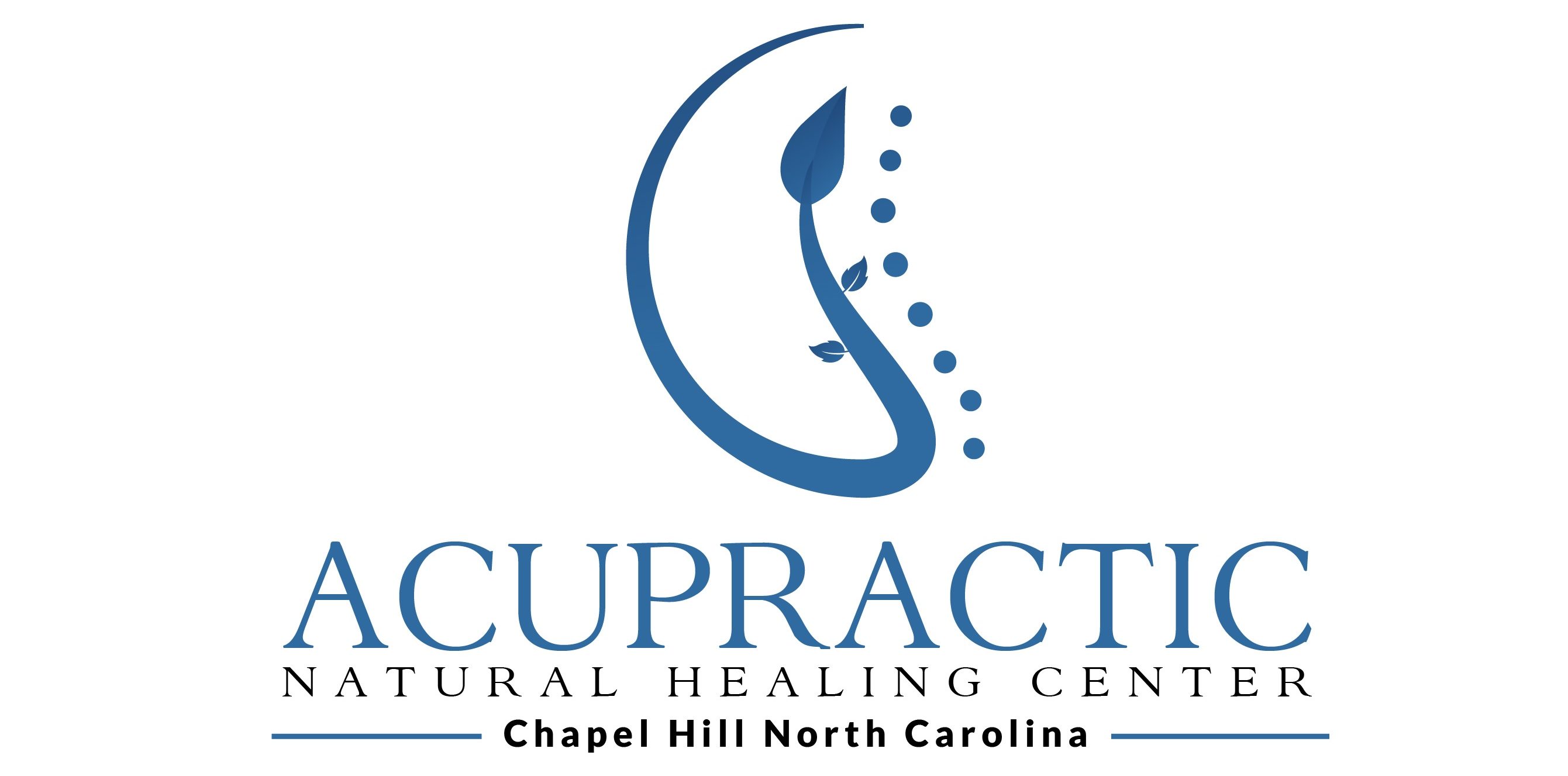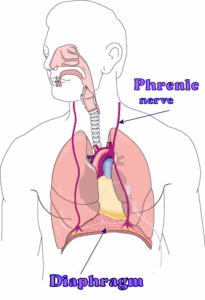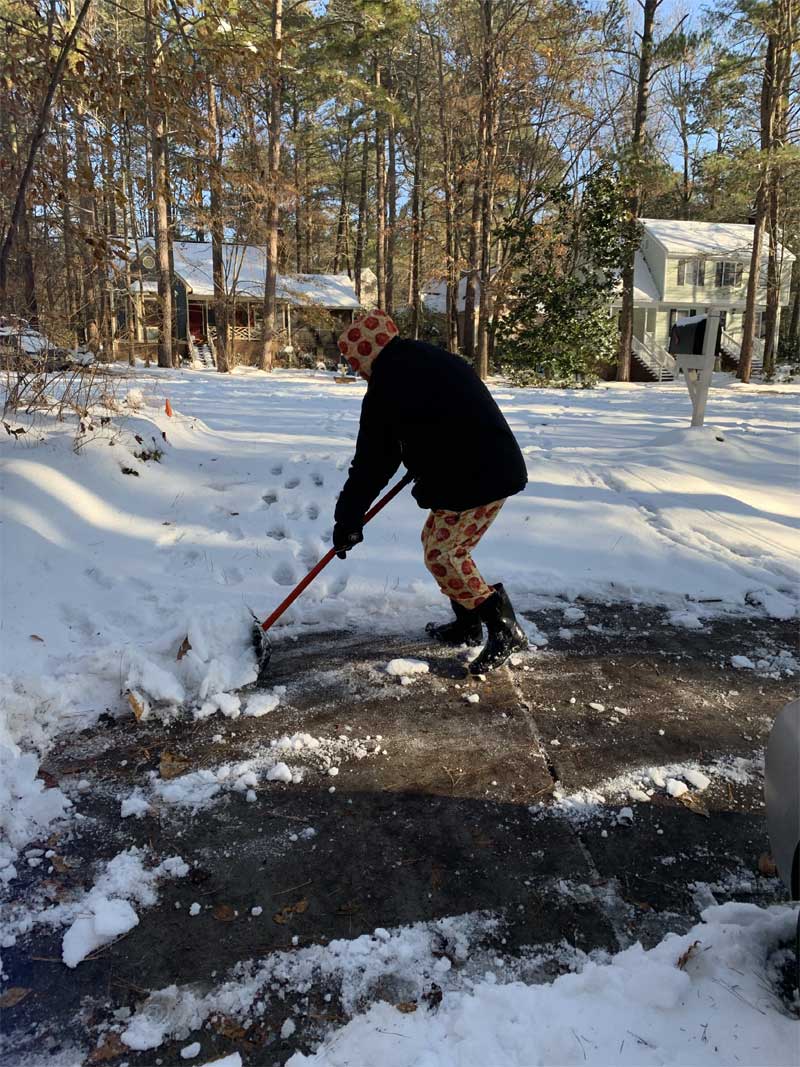About 7 million Americans have scoliosis, a condition of unknown origin in which the spine is rotated or twisted sideways. While most people who have this incurable condition lead everyday lives, scoliosis can progress to the point where, in some, daily activities, exercise, and even breathing can be more difficult if spinal rotation advances to the end of lung compression. No one knows what causes this relatively common condition, although there may be a hereditary component. Physical and neurological exams, X-rays, and MRIs help identify these contributing factors. Spinal pain, back pain, and neck pain are relatively common in persons with the extra curvature seen in scoliosis, and alternative medicine can provide some relief. However, no treatment has been shown to prevent, cure, or fix scoliosis completely. Read more to learn about natural care for scoliosis.
With scoliosis, adding an extra curve to the ordinarily straight (from the front or back) spine adds degrees of rotation and spinal friction between vertebral joints. Depending on the degree of added curvature and other factors, fluid movement may suffer as inflammation builds up between spinal segments. Trigger points in attached muscles can occur, and connected ligaments and tendons suffer, often resulting in backache and weakness if the condition is left untreated. Spinal erosion and bone spurs that can arise will cause pain and reduced range of motion over time.
In young children whose curvature progresses rapidly and threatens internal organs, the medical profession often applies braces or rods to halt the progression until the child reaches full height. Otherwise, very few medical treatments are available, and many people receive little guidance related to their scoliosis diagnosis. Patients beyond adolescence often wonder if scoliosis is the cause of their back pain, headaches, and other body symptoms. Still, regular X-ray evaluation is ill-advised for most people, and many do not understand the condition’s progression over time.
At Acupractic Natural Healing Center, Dr. Oskardmay helps patients with scoliosis with a combination of natural therapies designed to identify and balance affected segments to reduce some of the stress imposed by scoliosis.
At our office, Dr. Oskardmay uses physical exams and spinal palpation to detect early spinal inflammation to direct balanced treatment. She evaluates posture and muscle strength, dermatomal balance, and other aspects of nerve integrity along the spinal cord to detect areas of inflammation and irritation. She applies chiropractic spinal mobilization, massage, and acupuncture to soothe pain and restore kinetic integrity where possible. While treatment will not remove the extra spinal curvature, it does help to mitigate side effects.
If you or your loved one has questions about natural chiropractic and acupuncture care for scoliosis, please get in touch with our office today. Call us today at (919) 929-1400, email us at schedule@acudocnc.com or visit our website at acudocnc.com. Serving the Triangle since 1995 with effective holistic healthcare, the chiropractic and acupuncture offices of Dr. Lisa Oskardmay are here for you in Chapel Hill, just off i-40 and across from Wegmans in Eastowne Professional Offices. We participate with BCBS, United Healthcare, Medicare, Aetna, Cigna, and Federal BCBS and submit claims on your behalf. We provide ample free handicapped accessible parking in front of our building. At Acupractic, we take the stress out of getting the care you need.



